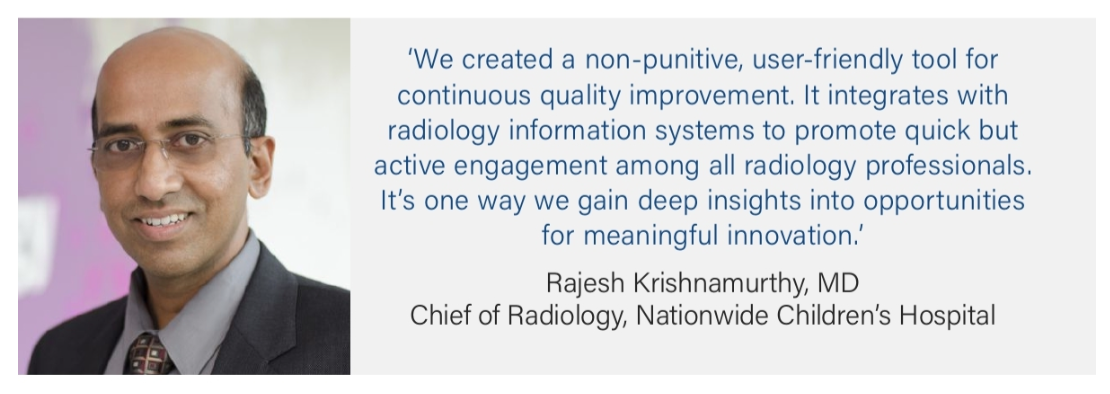Calculating COVID Countermeasures at Scale
In response to the COVID pandemic, most hospitals have adopted a policy of curtailing elective clinical and surgical services while preserving urgent/semi-urgent and inpatient care in order to conserve personal protective equipment (PPE), and to reduce patient and personnel exposure to infection, while providing for surge capacity in the event of wider dissemination. There is significant regional variation in disease burden, practice patterns, procedural utilization and PPE availability/distribution in suspected COVID. Currently, there are limited tools available for combining state and region-specific data with hospital-specific census, practice patterns and resource availability to plan service reduction, personnel reduction and PPE conservation.
There is a pressing need for such local decision-making tools at a hospital/departmental level.
Aims and objectives. Our primary objective was to create a calculator that allowed input of region-specific incidence/prevalence of COVID-19, hospital-specific census, hospital practice patterns and hospital resource utilization patterns while determining resource demand, availability and potential shortfall during the COVID-19 epidemic. Additionally, we wanted to use this data-driven approach to guide planning for non-urgent service curtailment and personnel reduction during the surge phase of the pandemic.

Leadership and project management. The project was conceived and led by the radiologist in chief. Input for the tool was provided by hospital leadership in planning, supply chain and physician staffing. The tool was created by a medical imaging scientist, Ramkumar Krishnamurthy, PhD. We customized the tool to meet the specified needs of our pediatric radiology department, and we validated it with various members of supply chain and facilities/ planning sections. Our project team distributed the calculator widely across various healthcare forums, especially those concentrating on imaging, facilities, radiology quality and safety, plus the Society of Chairs of Radiology at Children’s Hospitals Forum. Feedback from the forums resulted in the development of several iterations of the tool.
Key steps. We created a calculator using Microsoft Office 365 Excel that utilized customizable state-region specific COVID forecast data, hospital COVID census and utilization patterns for procedures and resources at different patient-care environments to predict resource need at a departmental or hospital level. Although we created the calculator with an imaging department in mind, we made it customizable by other hospital departments. The calculator uses the following steps to customize the tool for their specific needs: 1.) State data: The user is responsible for acquiring state and region-specific COVID-19 forecast data, which is now widely available from regional health authorities. 2.) Hospital data: The user enters the population that it serves as a percentage of the state population to calculate expected COVID-19 population at the hospital. 3.) Procedure and resource utilization for each healthcare setting: The Excel file has the ability to calculate resource utilization forecast for up to 14 resources and 10 procedures. Each procedure can be allotted to one of five patient populations—emergency department, outpatient, ICU inpatient, non-ICU inpatient and urgent care.
Positive outcomes. The results and charts tab of the Excel file has three pivot tables, with related charts. The first shows resource utilization for all dates entered in the forecast model. The commonly used dates were from April 1 to May 31, which spanned the period of the COVID surge in most states. The second shows the resource usage for all procedures entered. The third shows the number of procedures during the time of forecast. This data was compared to inventory for the individual PPE resources at the hospital supply chain level. The resulting insights helped achieve target PPE utilization by guiding decisions for distribution of PPE to the individual departments by supply chain, as well as by suggesting points of curtailment around non-urgent procedures. This, in turn, influenced decision-making related to staffing reduction for technologists and radiologists.
